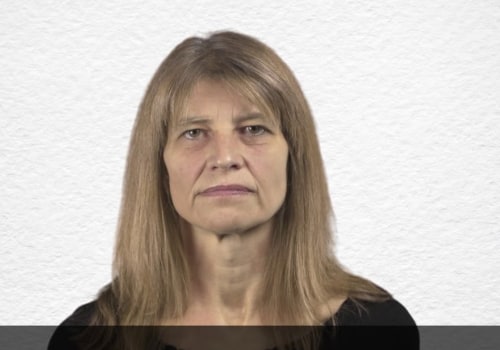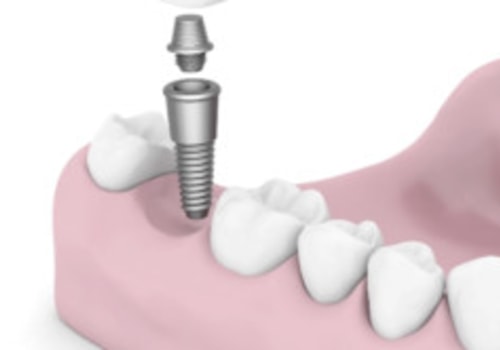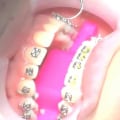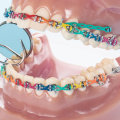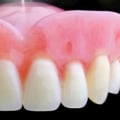Are you wondering if there is a difference between a dentist and an orthodontist? The answer is yes! While both dentists and orthodontists are highly qualified professionals who care about the overall health, well-being, and beauty of your smile, they work in very different ways. A dentist is a doctor trained to specialize in the teeth, gums, nerves, and jaw. General dentists can perform cleanings, fillings, crowns, etc. Orthodontists are also dentists, but their specialty in dentistry focuses on correcting bites, occlusion (the way teeth come into contact with each other), and the straightness of the teeth.
To become an orthodontist, a dentist must complete additional training and education to specialize in diagnosing, preventing, and correcting teeth and jaws that are out of position. When it comes to dental care versus orthodontics, it's important to note that not all dentists are orthodontists, but all orthodontists are dentists. Your dentist can provide braces or aligners to move the teeth, but that doesn't mean they are an orthodontist. Orthodontists use x-rays and photographs of the teeth to create individualized treatment plans.
In addition to straightening teeth and correcting inadequate bite patterns, they can also diagnose temporomandibular joint problems and help you improve your overall oral health. The AHPRA recognizes 12 other types of dental specialists, including pediatric dentistry, prosthodontics, endodontics, dentomaxillofacial radiology, periodontics and forensic dentistry. Your dentist can help you improve the health of your gums so that you can avoid potential heart health problems in the future. Both a DDS (Doctor of Dental Surgery) and a DMD (Doctor of Dental Medicine) mean the same thing: the dentist has graduated from an accredited dental school.
The Australian Society of Orthodontists (ASO) or Orthodontics Australia logo should be displayed in the office or on their website if they are a specialist orthodontist. The more you know about the difference between orthodontists and dentists, the better prepared you'll be to choose the dental professional that best fits your needs. If you have any problems related to the alignment of your teeth, jaws, or bite, an orthodontist is the person to go to.

